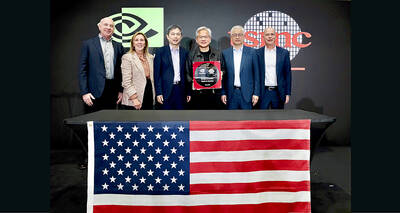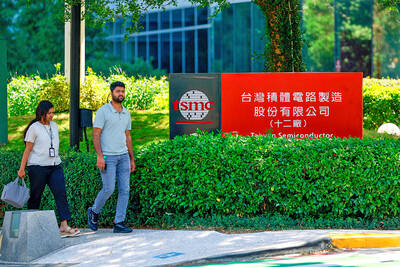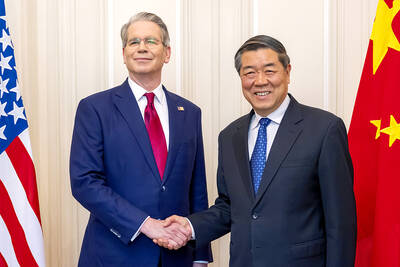China is allowing the nation’s five biggest banks to increase their first-quarter lending and weighing a plan to relax capital requirements as economic growth cools.
The central bank is to let larger lenders increase new loans by a maximum of about 5 percent from a year earlier, according to two people at state lenders who have knowledge of the matter. The banking regulator is delaying implementing its most stringent capital adequacy ratio requirements and it may lower risk weightings for loans to small businessmen and companies, four people said separately.
Chinese policymakers are under pressure to ease credit requirements after growth in the world’s second-biggest economy moderated to its slowest pace in 10 quarters as the eurozone debt crisis capped export demand and domestic sales slipped. GDP growth cooled to 8.9 percent in the fourth quarter of last year, the statistics bureau said earlier this week. Reports on Wednesday showed that foreign direct investment and property prices slid last month.
The steps are “policy easing and fine-tuning, and both measures aim to support the real sector of the economy,” said Liu Li-gang (劉利剛), an economist at Australia & New Zealand Banking Group Ltd in Hong Kong, who previously worked at the World Bank. “This year, credit conditions will be more relaxed than last year.”
The Shanghai Composite Index closed 1.3 percent higher yesterday.
Industrial & Commercial Bank of China Ltd (ICBC, 中國工商銀行), the world’s largest lender by market value, rose 1.9 percent in Hong Kong, while China Construction Bank Corp (CCB, 中國建設銀行) gained 2.5 percent.
The guidance from the People’s Bank of China to the big lenders on first-quarter new loans amounts to “modest” loosening, said Chang Jian (常建), an economist at Barclays Capital in Hong Kong, who has formerly worked for the Hong Kong Monetary Authority and the World Bank.
ICBC, CCB, Bank of China Ltd (中國銀行), Agricultural Bank of China Ltd (AgBank, 中國農業銀行) and Bank of Communications Co (交通銀行) are the nation’s five biggest lenders.
The central bank also said that 30 percent of full-year lending should be in the first quarter, with the same amount in the second and 20 percent in each of the final two quarters, the people said.
The central bank would not comment on anything related to credit quotas, a press official said in Beijing on Wednesday.
The China Banking Regulatory Commission may allow banks to increase the excess bad-loan reserves used in calculating risk buffers, the four people said. A press official for the commission, who refused to be named because of the agency’s rules, declined to immediately comment.
The risk weighting on personal operating loans given to small businesses may be cut to 75 percent from 100 percent, while the ratio on loans to small and micro-sized firms would be lowered to 50 percent from 75 percent, two of the people said.
The banks had 14.6 trillion yuan (US$2.3 trillion) of such loans outstanding in August, accounting for 27 percent of total advances, the commission said.
The regulator is yet to complete setting out how capital requirements are to be calculated and it has not told the banks how long the implementation may be delayed, the people said this week.
Separately, the commission has told lenders to contain risks tied to local-government debt, a person with knowledge of the matter said this week.
China warned its banks to resist demand for credit from local governments, as new officials in cities, towns and villages pursue projects that bolster growth, the person said.
The banking commission also told lenders this month to be on the look out for loan applications for new projects disguised as funding requests for unfinished projects, the person said.

RECYCLE: Taiwan would aid manufacturers in refining rare earths from discarded appliances, which would fit the nation’s circular economy goals, minister Kung said Taiwan would work with the US and Japan on a proposed cooperation initiative in response to Beijing’s newly announced rare earth export curbs, Minister of Economic Affairs Kung Ming-hsin (龔明鑫) said yesterday. China last week announced new restrictions requiring companies to obtain export licenses if their products contain more than 0.1 percent of Chinese-origin rare earths by value. US Secretary of the Treasury Scott Bessent on Wednesday responded by saying that Beijing was “unreliable” in its rare earths exports, adding that the US would “neither be commanded, nor controlled” by China, several media outlets reported. Japanese Minister of Finance Katsunobu Kato yesterday also

Jensen Huang (黃仁勳), founder and CEO of US-based artificial intelligence chip designer Nvidia Corp and Taiwan Semiconductor Manufacturing Co (TSMC, 台積電) on Friday celebrated the first Nvidia Blackwell wafer produced on US soil. Huang visited TSMC’s advanced wafer fab in the US state of Arizona and joined the Taiwanese chipmaker’s executives to witness the efforts to “build the infrastructure that powers the world’s AI factories, right here in America,” Nvidia said in a statement. At the event, Huang joined Y.L. Wang (王英郎), vice president of operations at TSMC, in signing their names on the Blackwell wafer to

‘DRAMATIC AND POSITIVE’: AI growth would be better than it previously forecast and would stay robust even if the Chinese market became inaccessible for customers, it said Taiwan Semiconductor Manufacturing Co (TSMC, 台積電) yesterday raised its full-year revenue growth outlook after posting record profit for last quarter, despite growing market concern about an artificial intelligence (AI) bubble. The company said it expects revenue to expand about 35 percent year-on-year, driven mainly by faster-than-expected demand for leading-edge chips for AI applications. The world’s biggest contract chipmaker in July projected that revenue this year would expand about 30 percent in US dollar terms. The company also slightly hiked its capital expenditure for this year to US$40 billion to US$42 billion, compared with US$38 billion to US$42 billion it set previously. “AI demand actually

RARE EARTHS: The call between the US Treasury Secretary and his Chinese counterpart came as Washington sought to rally G7 partners in response to China’s export controls China and the US on Saturday agreed to conduct another round of trade negotiations in the coming week, as the world’s two biggest economies seek to avoid another damaging tit-for-tat tariff battle. Beijing last week announced sweeping controls on the critical rare earths industry, prompting US President Donald Trump to threaten 100 percent tariffs on imports from China in retaliation. Trump had also threatened to cancel his expected meeting with Chinese President Xi Jinping (習近平) in South Korea later this month on the sidelines of the APEC summit. In the latest indication of efforts to resolve their dispute, Chinese state media reported that